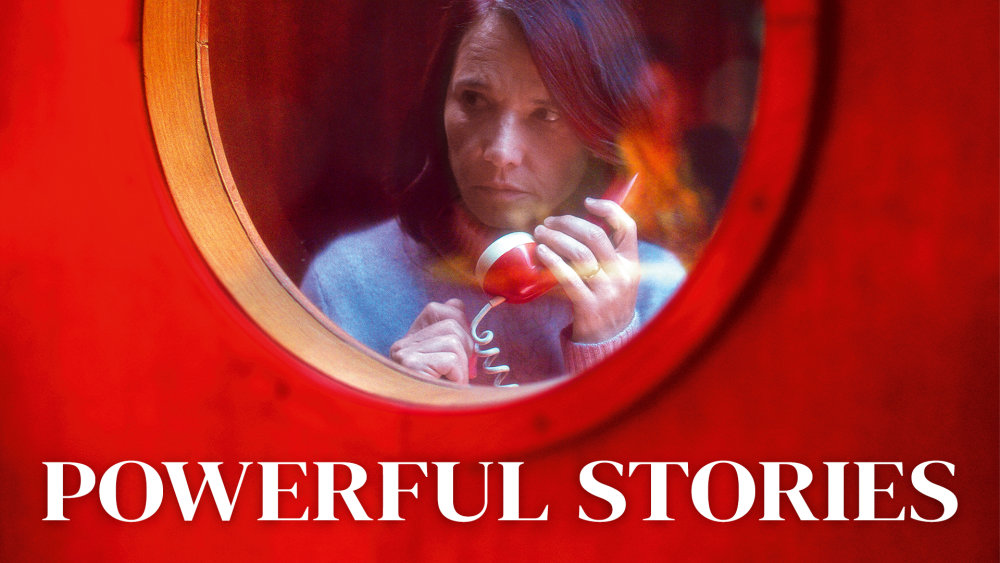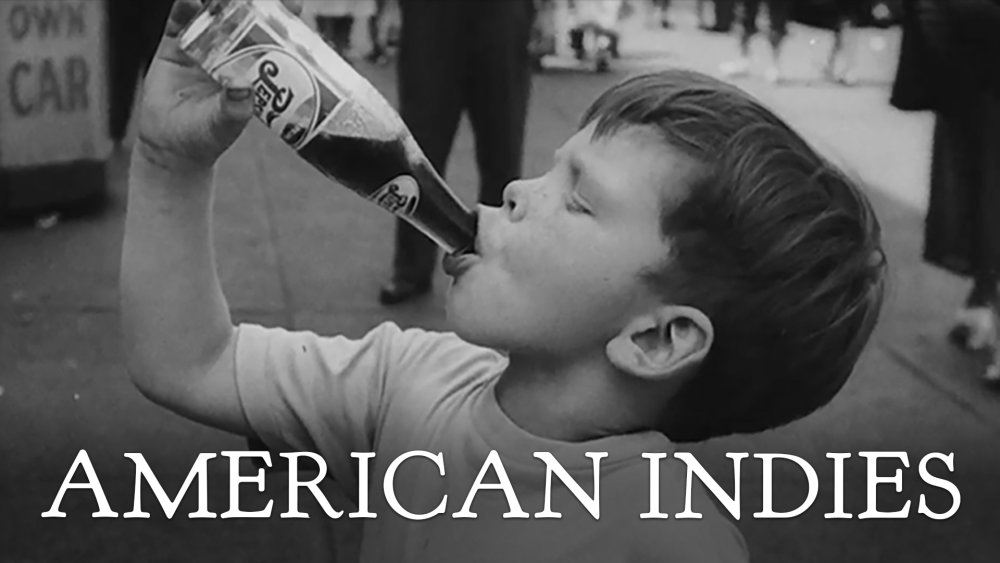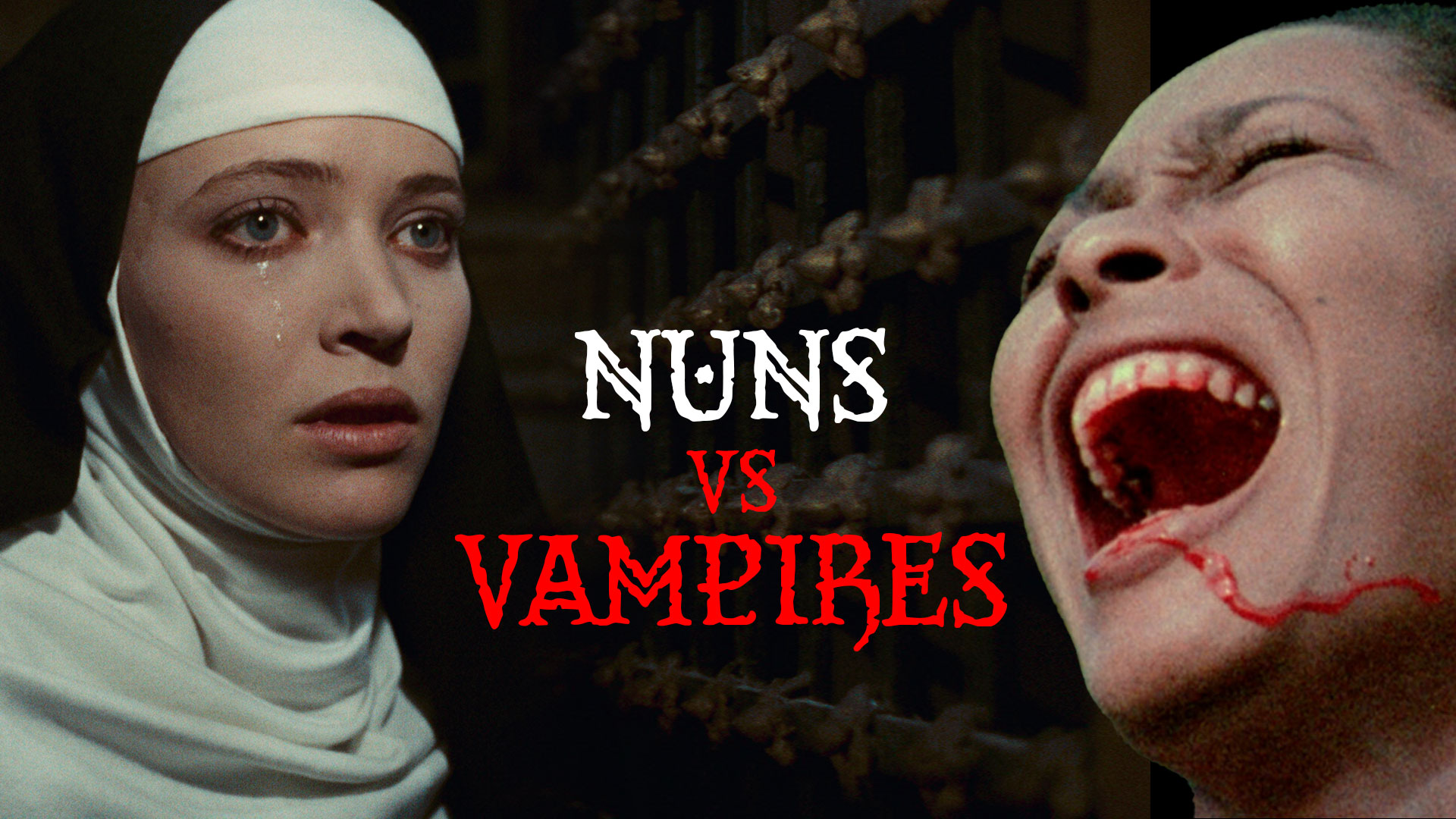
Nuns vs Vampires: A Venn Diagram of Horror, Mortality, and Sexual Perversion

Scroll down for our full curation of nun and vampire titles on Kino Film Collection.
What is it about nuns and vampires that always makes one hell of a film? They're each such distinct entities with wildly unique characteristics, yet they're boundless canvases for interpretation at the same time. From erotic euro-cult à la Jean Rollin to contemporary arthouse horror, directors can’t seem to get enough of nuns and vampires. And neither can we, apparently, given Kino Film Collection’s robust selection of titles centered around one or the other. But what exactly is the appeal? Are there commonalities that draw us to these seemingly disparate tropes? And what would happen if they were to meet? Let’s investigate.
First, let’s take nuns. They’re symbols of faith, purity, and holiness, making them easy targets for corruption, desecration, and demons looking for souls to possess (why aim low for a civilian when you can bag a soldier of God?). Their purity makes them fascinating subjects for horror premises (an evil nun is far more disturbing than, say, an evil car salesman) and their holiness makes them ripe for exploitation by cinematic hedonists.
In fact, nuns have become so prevalent in horror, thriller, and cult films that there’s an entire sub-subgenre known as Nunsploitation, which typically involves one or a group of nuns undergoing a transformation that ranges from sexual to demonic, exploring themes of sexual repression, religious corruption, and good vs. evil. Oftentimes there’s an oppressive Mother Superior character who either wants to sleep with the whole convent or torture them. Sometimes both.
.jpg)
A still from The Sinful Nuns of St. Valentine
The heyday of nunsploitation was the 1970s and 1980s, when films like The Devils (1971), Killer Nun (1979), and The Habits (1983) forever changed the way audiences viewed nuns. We’re proud to have our own collection of Nunsploitation films, including one that’s so shocking even whispers of it would get you kicked out of Sunday school. See below for our full list of titles.
Now let’s sink our teeth into vampires (sorry, had to). These mythical creatures have permeated art, literature, and film for centuries, with some of the earliest recorded myths dating back to Mesopotamian times circa 2000 BCE. It’s not difficult to understand why vampires regularly show up in history and pop culture; they’re endlessly fascinating figures. Just take a look at this list of their most basic characteristics:
- They sustain themselves on the blood of the living.
- They’re undead and immortal.
- They have an aversion to garlic, holy water, and crosses.
- They don’t have reflections.
- They need to be invited into a space or they won’t enter (in other words, they’re more polite than most of your relatives).
- They can shapeshift into a bat.
- They possess supernatural strength.
- They can only be destroyed with sunlight or by driving a wooden stake through their heart.
- For some reason, they tend to have good bone structure.
And those are just the basics! Writers, artists, and filmmakers have filled in the blanks in some outrageously creative, titillating, and absolutely terrifying ways. In film alone, vampires have been widely interpreted across genres, from traditional horror films like 30 Days of Night to Y.A. romance films like the Twilight series. Even wider than the gamut of genre is the vampire’s spectrum of attractiveness, which can range from Count Orlok to Aaliyah. In certain depictions such as, say, Anne Rice adaptations, they’re almost always irritatingly good-looking, making them exciting for filmmakers to show off and even more fun for audiences to watch.
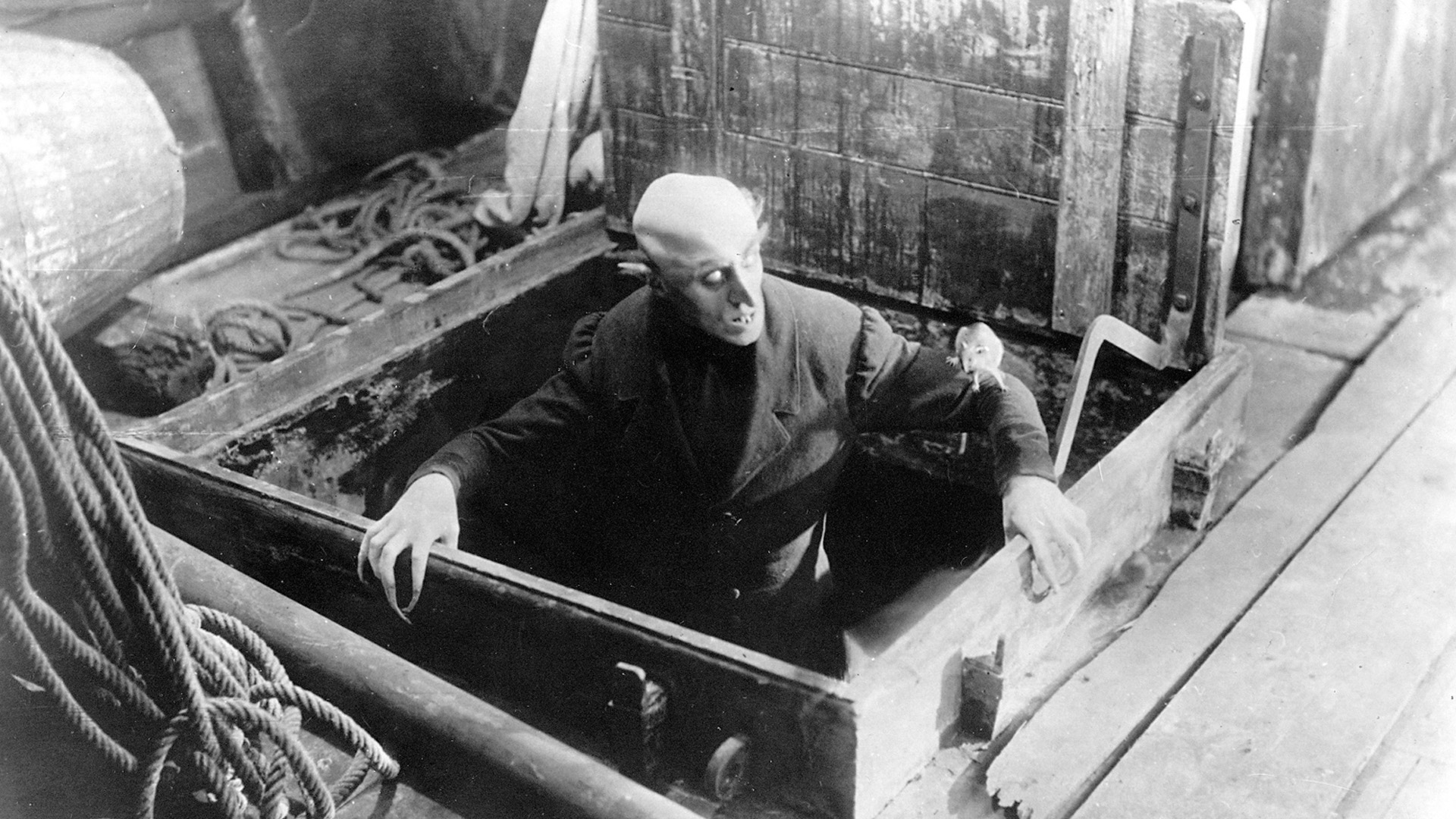
A still from Nosferatu
If you want to get a taste of the wide breadth of vampire interpretations, look no further than Kino Film Collection. We’ve got a groundbreaking silent film that was the very first vampire movie ever on one end, a genre-bending visionary contemporary vampire story on the other, and a healthy amount of vampire erotica and Euro-cult in between.
On the surface, nuns and vampires may seem like completely disparate figures, but if you look closely, they share some significant similarities. Sure, they both wear long black gowns, have strong feelings about crosses, and each look up toward the heavens in fear of something up there, but there are deeper commonalities too. Like nuns, vampires are also heavily symbolic of universal human experiences and themes, and both speak to the complexities and nuances of the human condition. In many ways, they’re two sides of the same coin. While nuns represent purity in peril of being corrupted, vampires are often portrayed as sexually deviant creatures of the night who become humanized in some way.
Nuns and vampires also both have complicated relationships with mortality and the afterlife. As consecrated servants of God, nuns devote themselves to a singular objective: to achieve eternal union with God, viewing death as something of a reward. Nuns practice memento mori (Latin for “remember your death”) and meditate daily on mortality as a way to detach from earthly and material possessions. On the flip side, vampires are often seen as lost souls trapped in purgatory and living a sort of hell-on-earth existence, whose only objective is to drain the life from others to maintain their twisted immortality. In other words, they’re both obsessed with death, but for very different reasons.
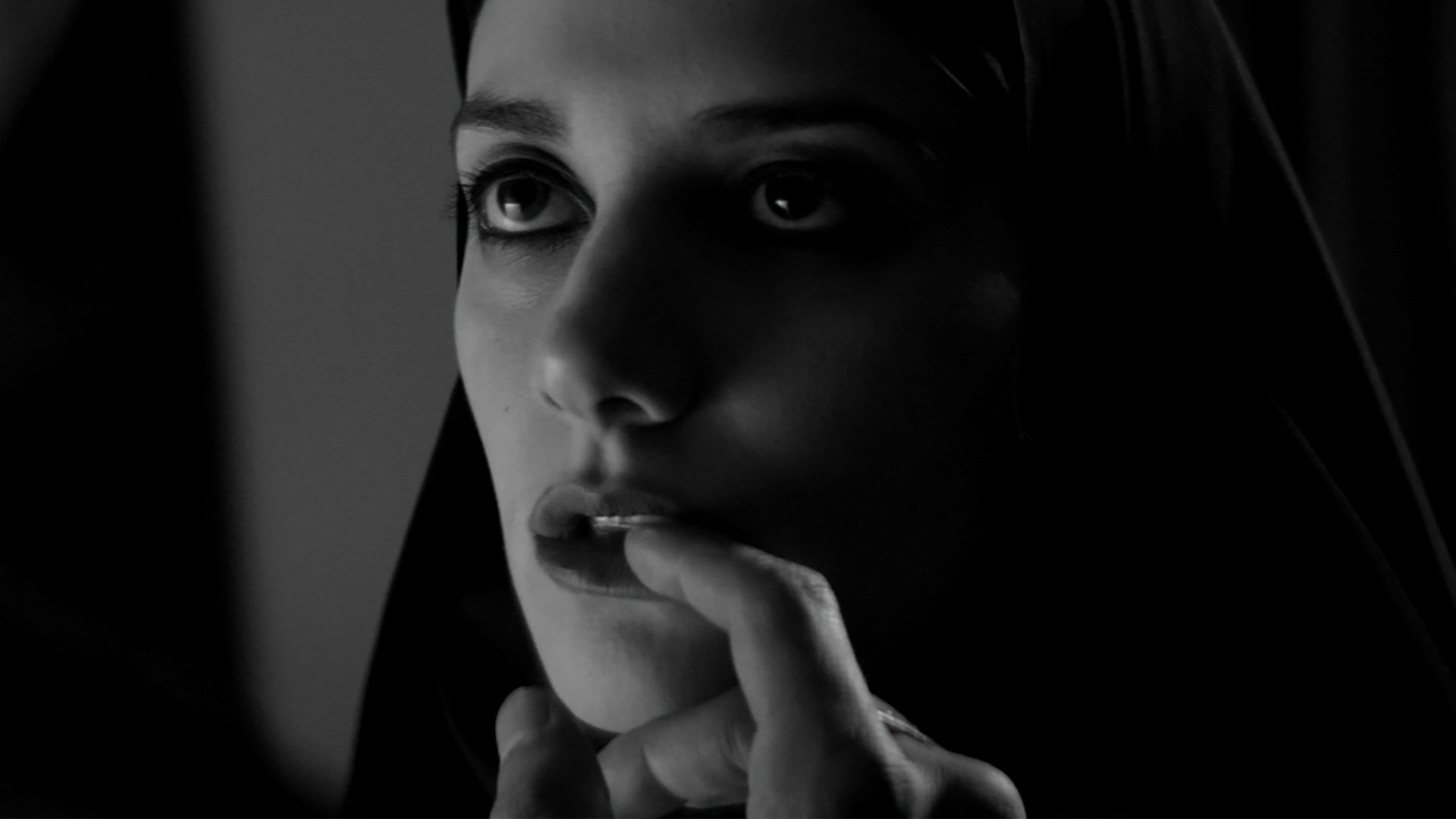
A still from A Girl Walks Home Alone at Night
So what does this all mean? Nuns and vampires are used in film to explore counterpoints of the same themes, making them perfect foils for each other. So filmmakers, what are you waiting for? Put them both in the same movie already! Take this article as a blueprint and have some fun. The possibilities are endless. Toxic romance between a sexually depraved vampire and a virginal nun? Audiences would froth at mouth. Or how about a story about an unlikely friendship between a vampire and a nun that leads to life-changing self-discovery (sometimes you gotta sink your fangs into your own feelings)? Perfect for a Christmas day release. Given the complexity and symbolically rich nature of both nuns and vampires, there are so many stories you can tell and so many ways to skin a bat.
See our full nuns and vampires curation below.
NUNS
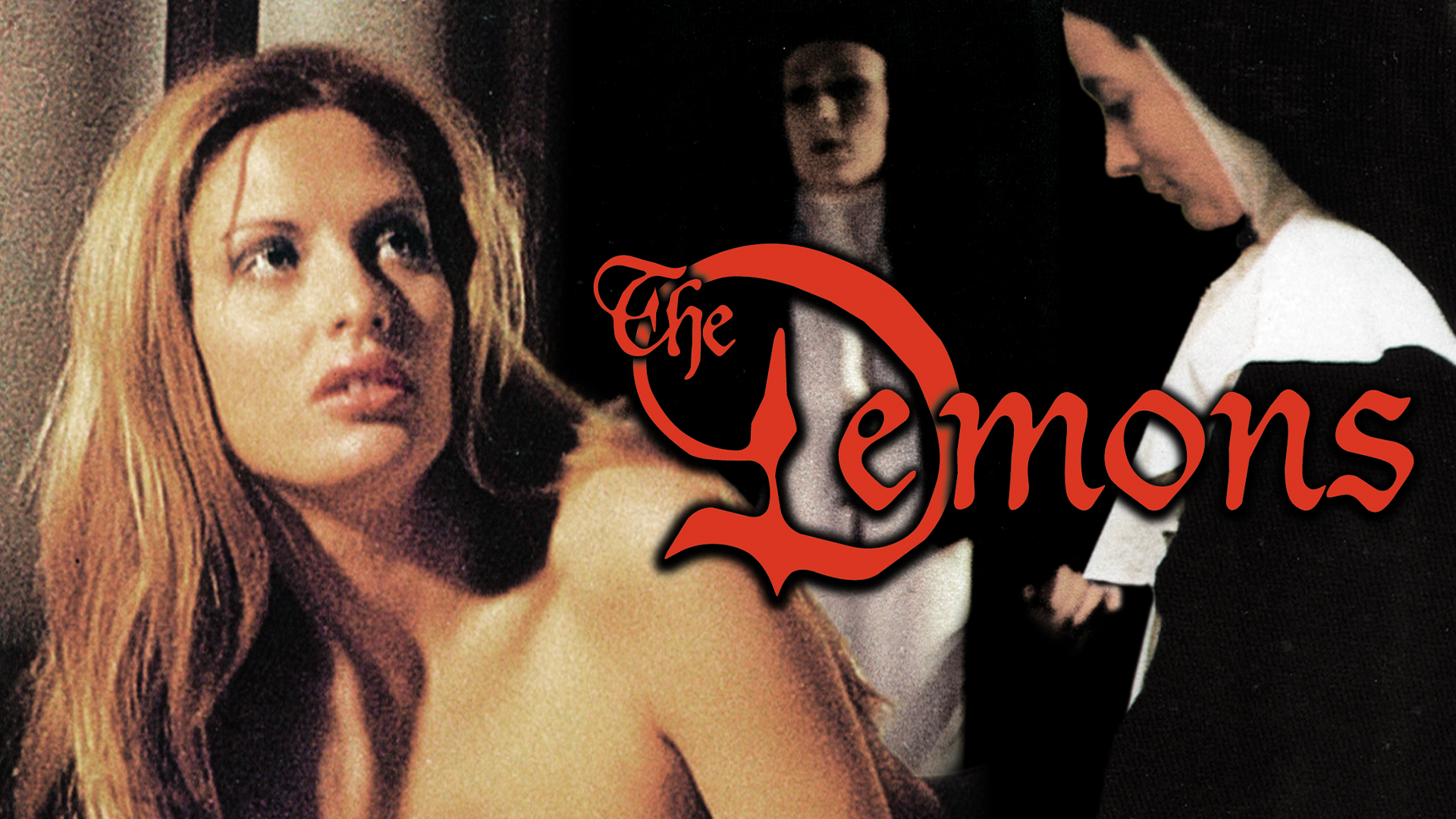
The Demons (1973)
Jess Franco’s The Demons is a notorious nunsploitation shocker set during the Inquisition. Two sisters accused of witchcraft endure torture, corruption, and erotic hysteria at the hands of the Church. Blending horror, historical drama, and forbidden desire, Franco crafts a lurid tale of persecution that remains one of his most infamous works.
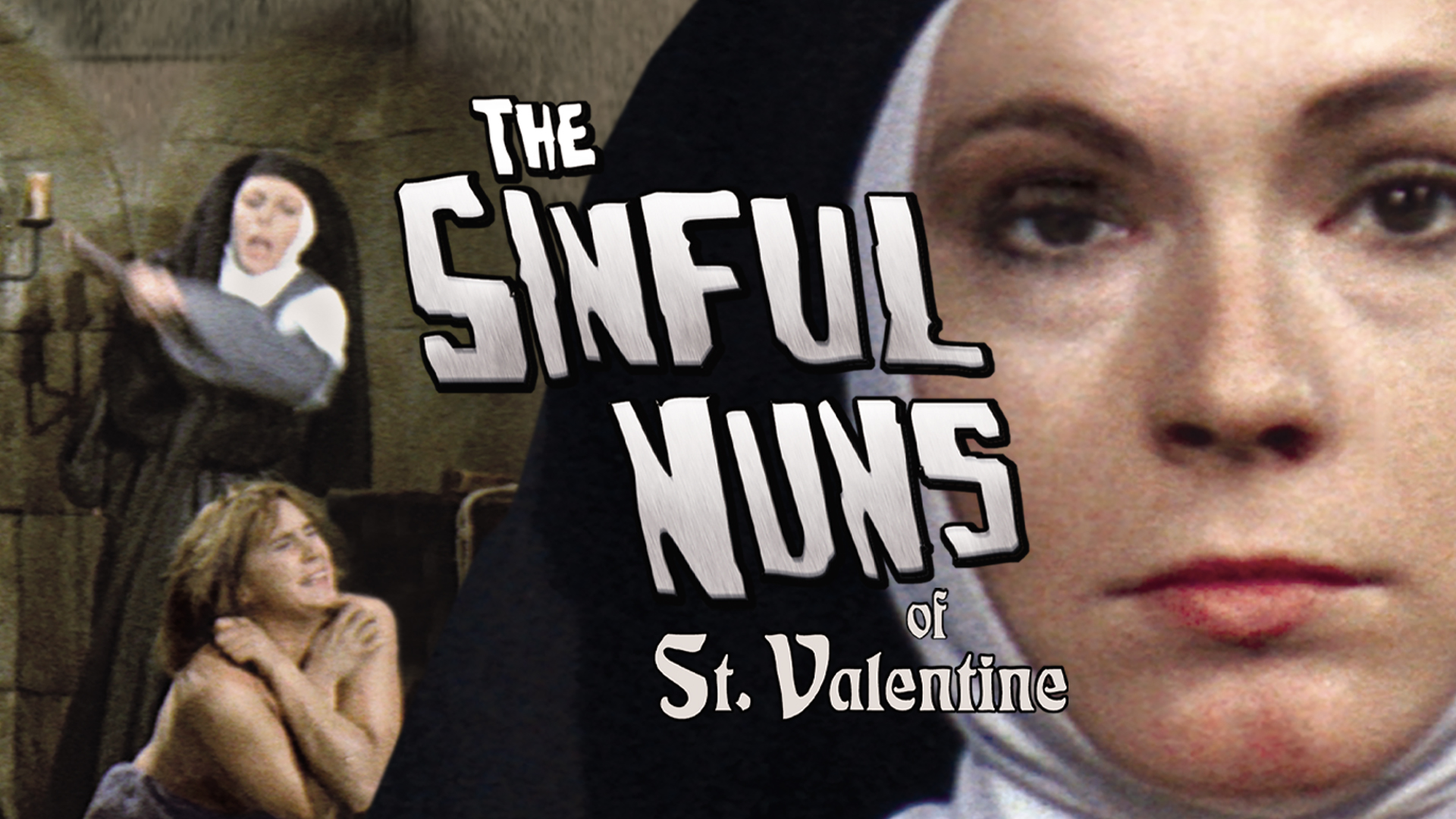
The Sinful Nuns of St. Valentine (1974)
By turns erotic, horrific, and shamelessly melodramatic, “The Sinful Nuns of St. Valentine” has well earned its reputation as a notorious nunsploitation classic. Pursued by soldiers, Esteban seeks refuge in a convent where his girlfriend Lucita has been banished. To be reunited, she must resist seduction by her lesbian cellmate. Meanwhile, Esteban contends with the advances of a sensual abbess.
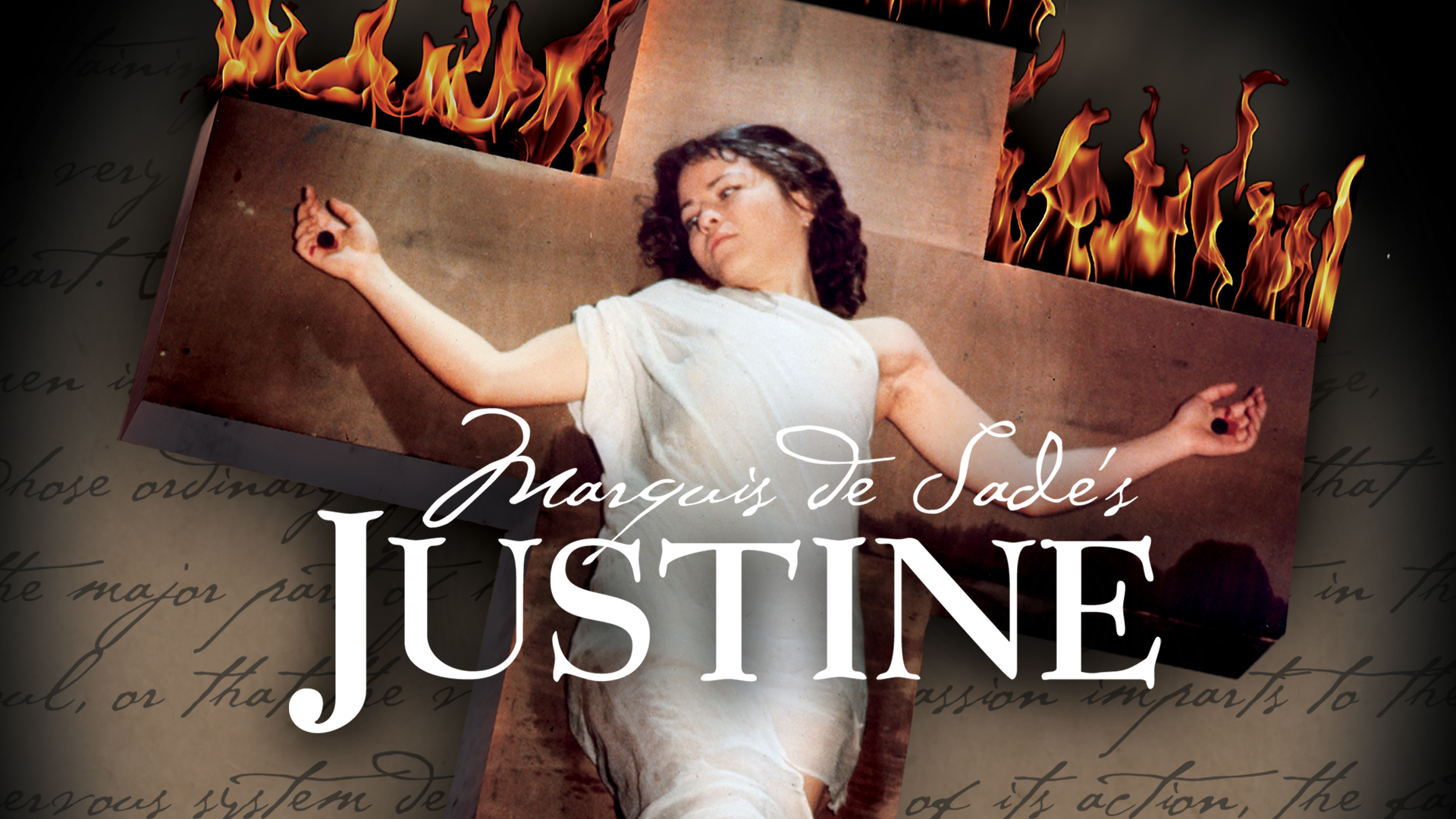
Marquis de Sade’s Justine (1977)
Based on Marquis de Sade’s 1791 novel, “Justine” is a visually sumptuous tale of sexual depravity and Sadean excess. Royal plaything Koo Stark stars as an innocent young woman whose chosen path of virtue is thwarted at every turn by her cunning and amoral sister Juliette (Lydia Lisle), whose debauched lifestyle is her only happiness.
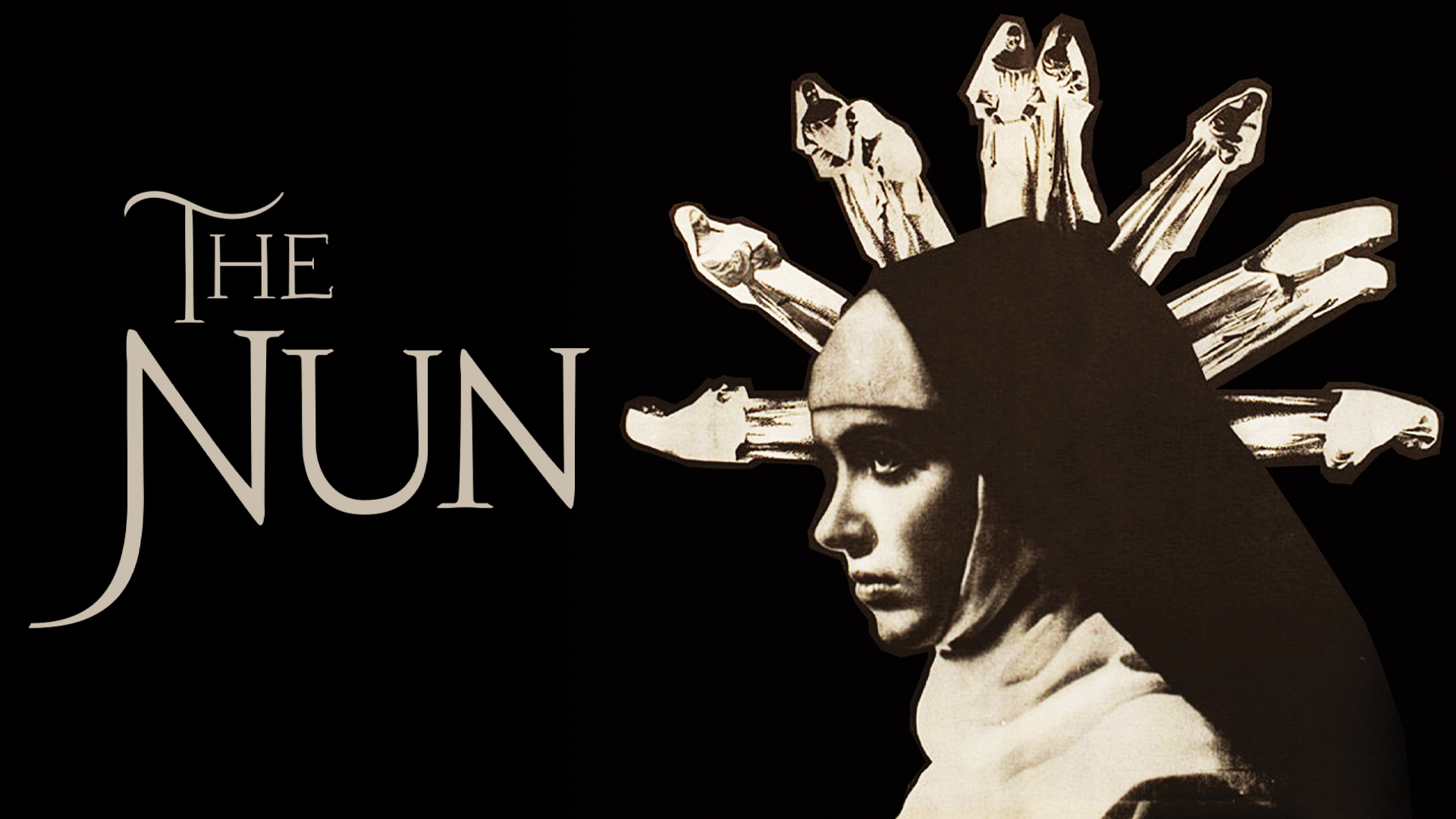
The Nun (1965)
A landmark of the French New Wave, Jacques Rivette’s “The Nun”, adapted from Denis Diderot’s novel, follows a rebellious nun (played by an incandescent Anna Karina) who is forced into taking her vows. Initially shunted into a restrictive, torturous convent, she eventually moves on to a more liberated one, where she becomes an object of Mother Superior’s obsession.
VAMPIRES
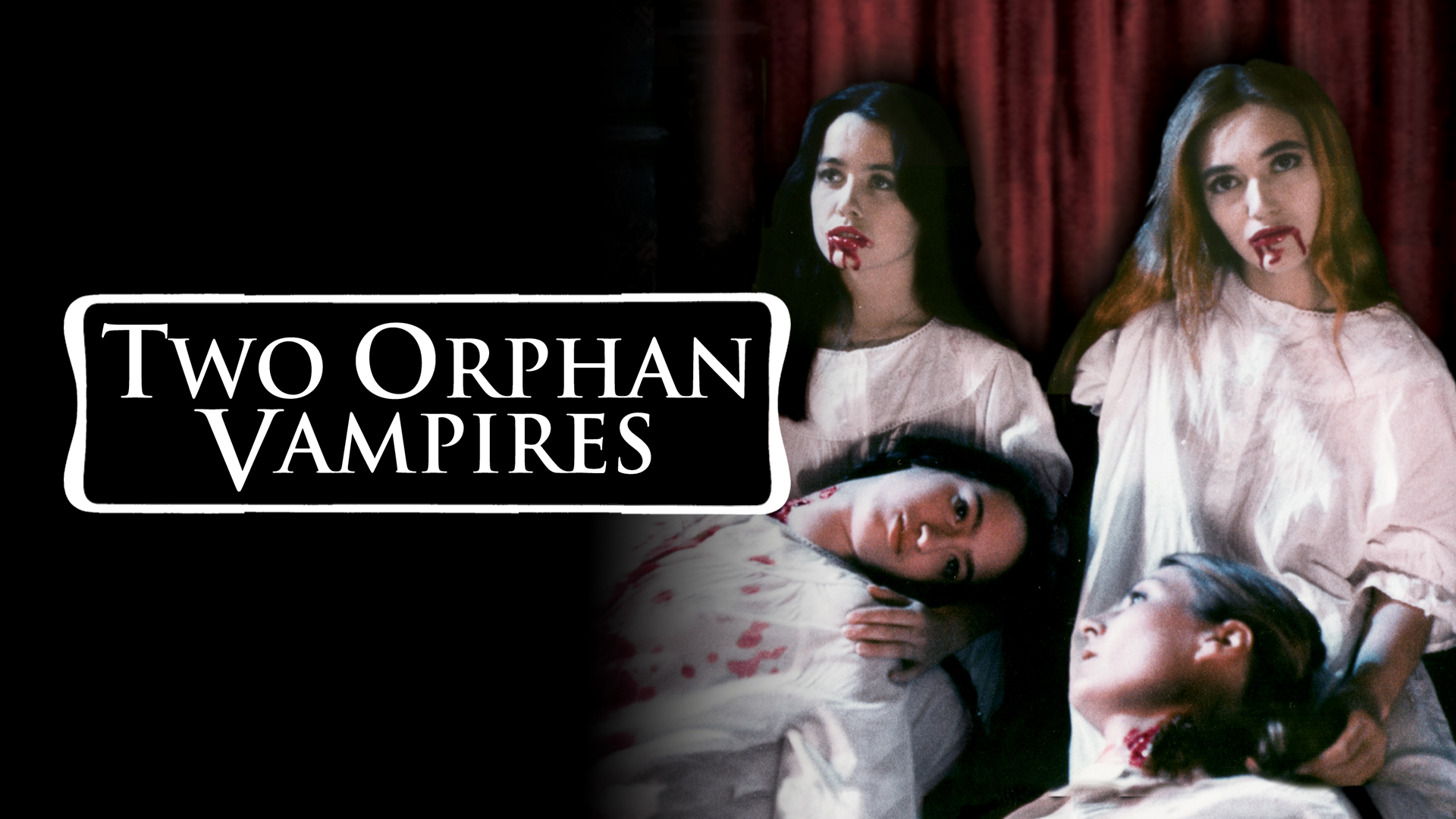
Two Orphan Vampires (1997)
Henriette and Louise, two blind girls of unknown origin, are raised in an orphanage by two adoring nuns. Little do the nuns know that each night, as the sun goes down, their “little angels” acquire blue night vision—and an appetite for blood and teenage mischief. Jean Rollin’s poetic consideration of death grows unflinching when they commit a violent transgression against their kindly benefactors.
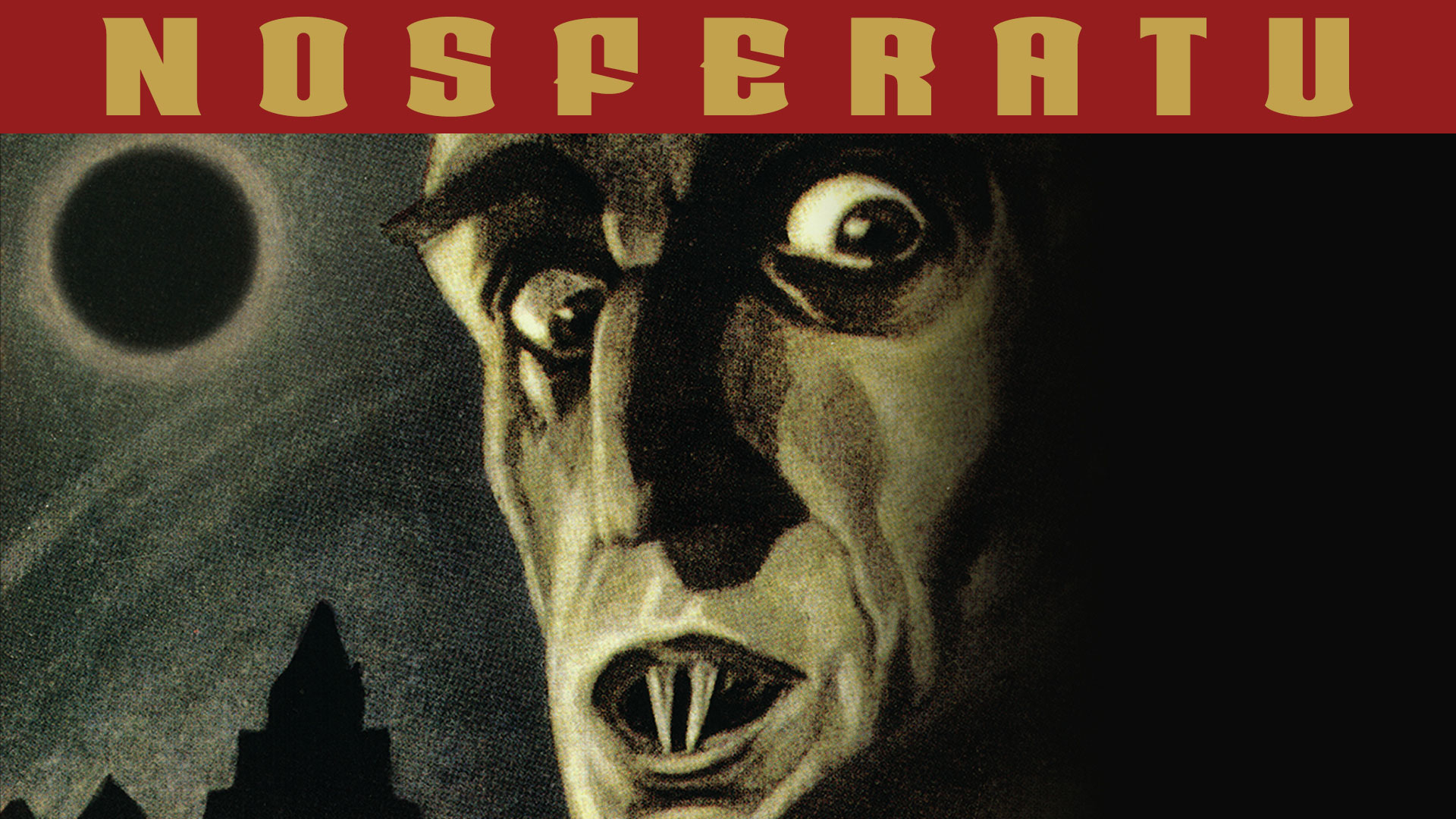
Nosferatu (1922)
A cornerstone of horror, F.W. Murnau's "Nosferatu" remains an unsettling and chilling experience steeped in the haunting style of German Expressionism and featuring Max Schreck’s iconic and diabolical performance as the vampire. Though it has inspired remakes and countless homages in popular culture, none can compare to Murnau's vision's sheer power and terror.
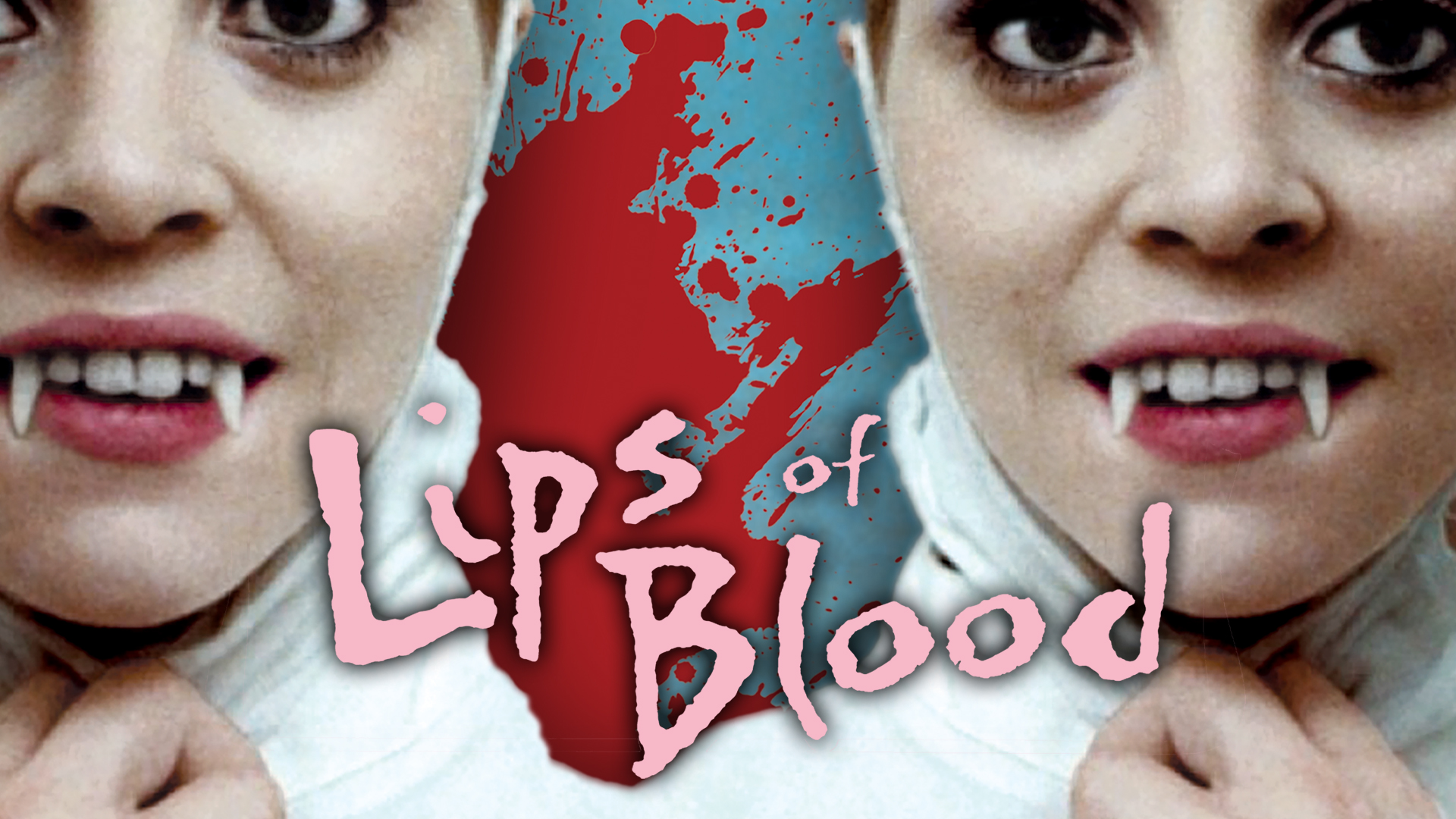
Lips of Blood (1975)
Considered Jean Rollin’s most developed story, "Lips of Blood" blends childhood nostalgia, lost love, and romantic obsession. When Frédéric sees a chateau in a perfume ad, he recalls a night long ago with a mysterious young woman. Later, the woman reappears unaged and beckons him. Frédéric returns to the chateau and her, uncovering dark secrets about his family’s past.
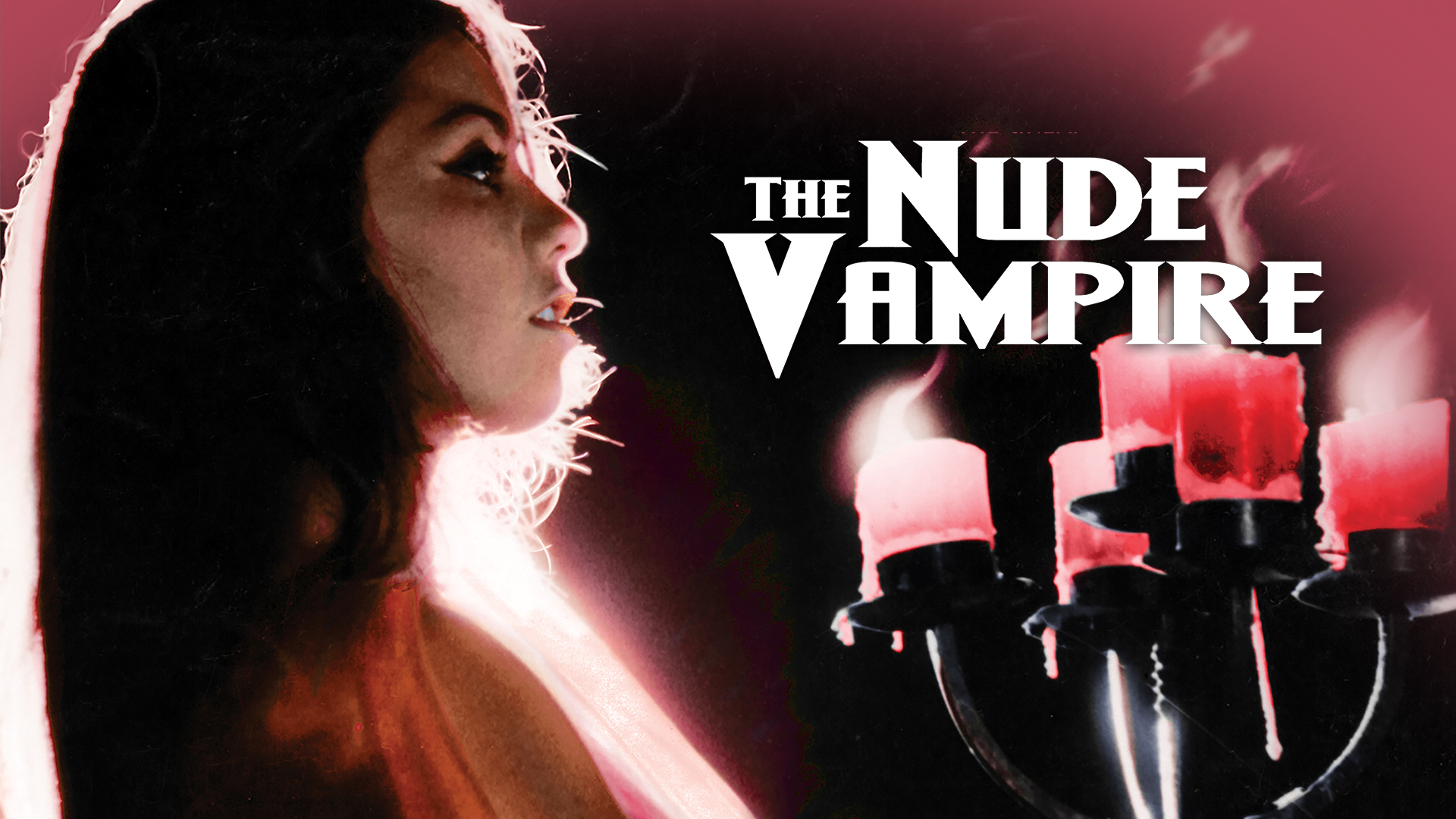
The Nude Vampire (1970)
A surreal blend of horror, espionage, and erotica, Jean Rollin’s “The Nude Vampire” follows the son of a wealthy businessman as he is lured into a secret cult conducting experiments on a mute vampire woman. It is love at first sight and Pierre determines to liberate his beloved, a goal which attracts other vampires, who plan a torch-carrying siege of his father's palatial compound.
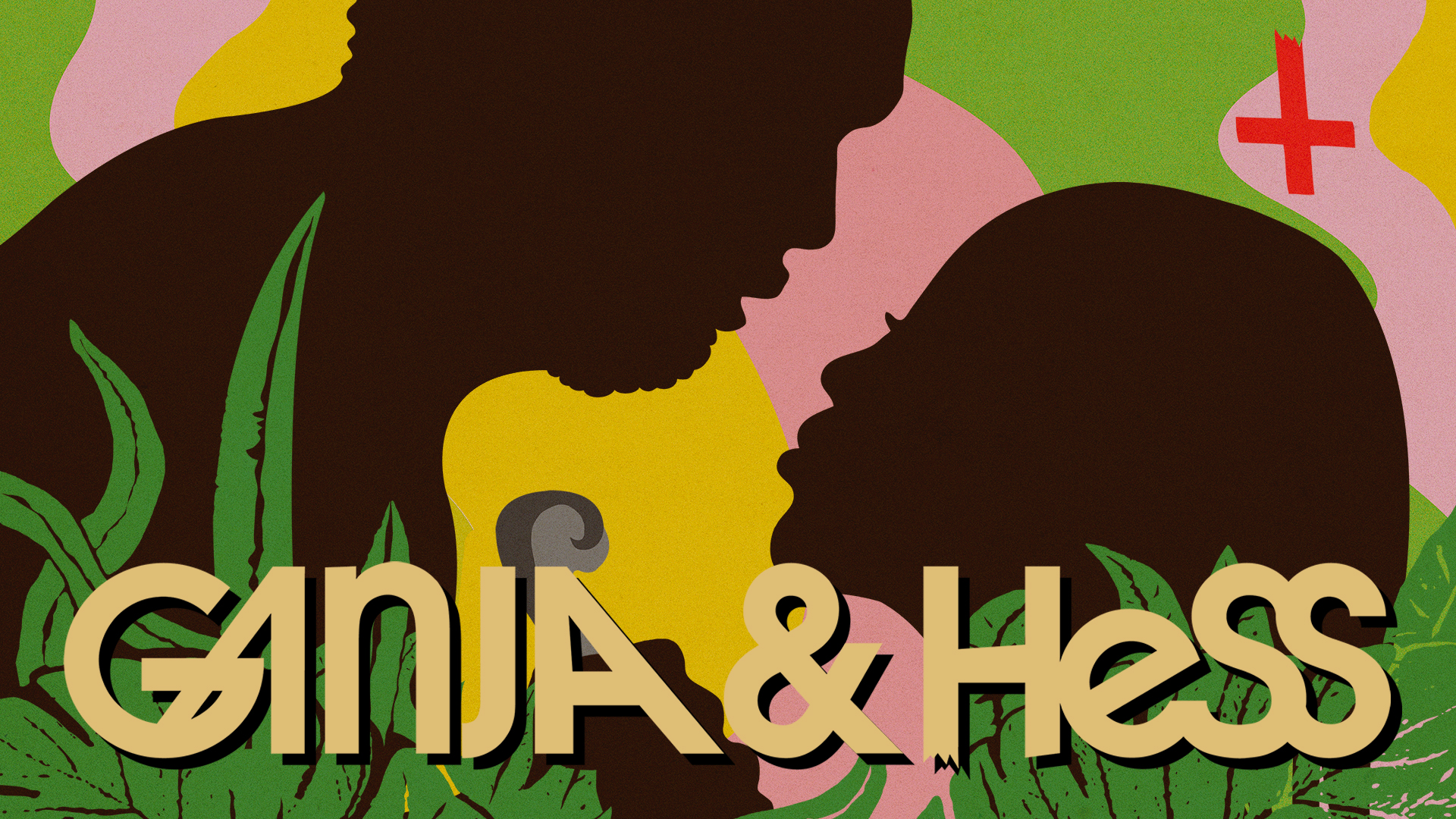
Ganja & Hess (1973)
Flirting with the conventions of blaxploitation and horror, Bill Gunn’s revolutionary independent film is a highly stylized and utterly original treatise on sex, religion, and African American identity. Duane Jones stars as anthropologist Hess Green, who is stabbed with an ancient ceremonial dagger, bestowing upon him the blessing of immortality...and the curse of an unquenchable thirst for blood.
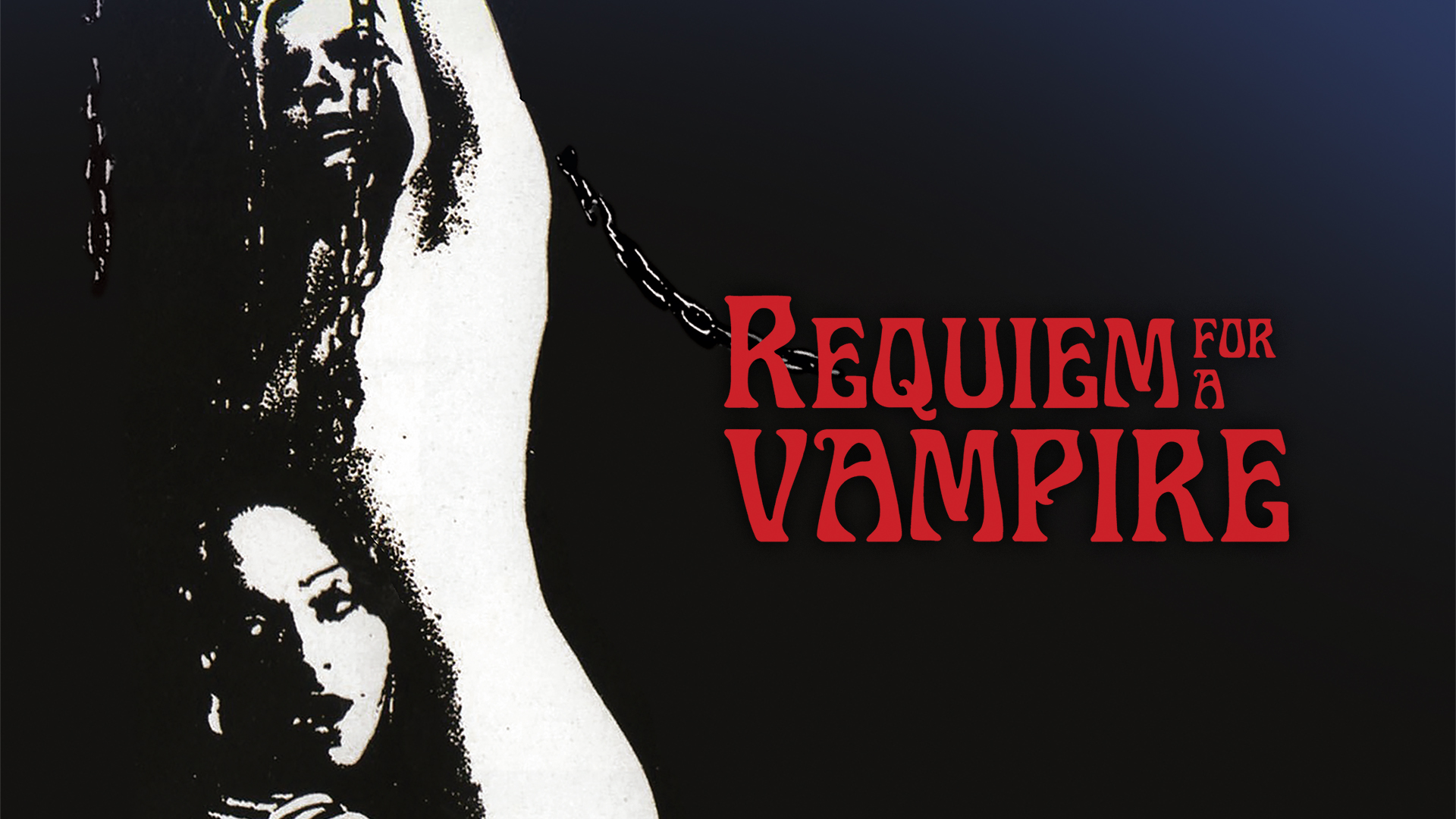
Requiem For a Vampire (1973)
A favorite of his cult horror films, Jean Rollin’s “Requiem for a Vampire” chases two girls on the run as they get lost in the French countryside. Eluding their pursuers, the two girls dress as clowns and continue their flight on foot as they journey to a cemetery and a haunted chateau inhabited by vampires.
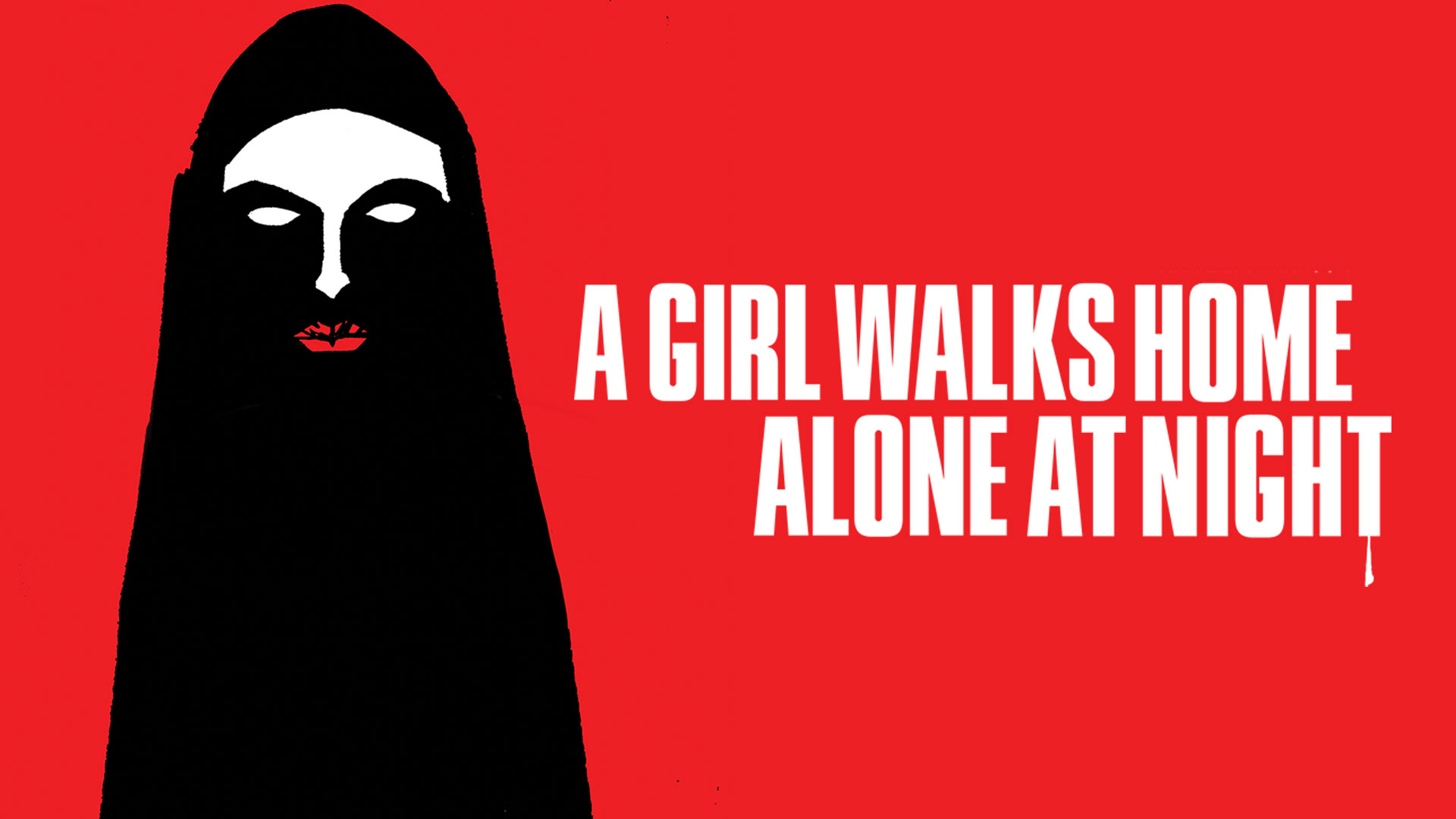
A Girl Walks Home Alone at Night (2015)
Ana Lily Amirpour burst onto the scene with this black and white Iranian vampire Western, which premiered at Sundance and won a Gotham Award for Breakthrough Director. Her debut feature is a joyful mash-up of genre that follows a lonely vampire stalking the Bad City's most unsavory inhabitants. But when boy meets girl, an unusual love story begins to blossom...blood red.






